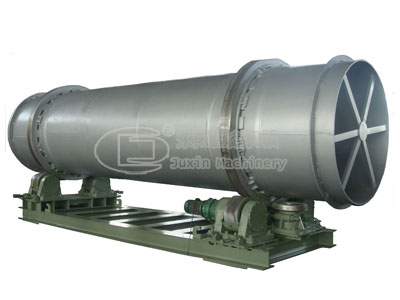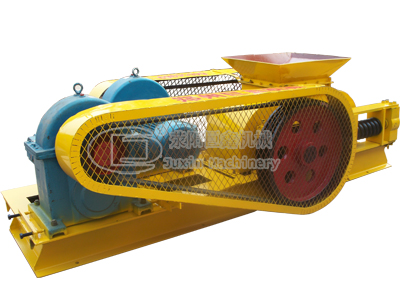
Your position : Home > Products > Ore Dressing Equipment
■ Overview
Function
Rotary kiln is also called rotary calcining kiln and belongs to building materials equipment. According to the different materials, rotary kiln can be divided into cement kiln, metallurgy chemical kiln and lime kiln. Cement kiln is mainly used for calcining cement clinker, and there are two calcining ways: dry and wet calcining cement. Metallurgy chemical kiln is used in metallurgical industry steel plants, refractory plants, aluminum plants and chemical plants, it’s suitable for depleted iron ore magnetic roasting, chromium, nickel, iron ore oxidizing roasting, high alumina bauxite ore roasting, clinker, aluminum hydroxide roasting, chromium ore roasting and other minerals.
Advantage
After technology innovation, LDHM rotary kiln system is used in the most advanced hydraulic gear wheel device, the metering piston pump of high precision, the high precision control valve and contact graphite block sealing devices and other advanced technologies. The drying machine features in easy to operate and operational safety. Compared with the same specification equipment, the rotary kiln stabilizes the thermal system program and improves the equipment operation rate, with the operation rate increased by 10%, the yield increased by 5% -10% and heat consumption reduced by 15%.Furthermore, we can provide repair parts to the original tolerances and specifications and take advantage of the latest designs and improvements.
Operating principle
■ CASE



.jpg)




